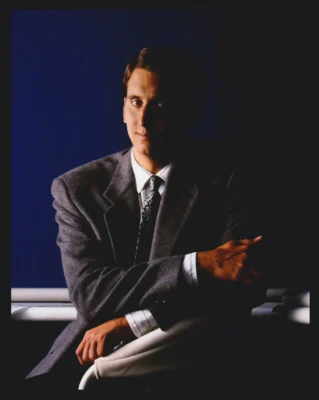One of my sales guys forwarded me an article the other day that caught my interest. I have written about generational differences several times over the years. This one poses the question: Are we as marketers paying enough attention to Generation Y, those born between 1985 and 2000, who are now and will soon be having a significant impact on culture and business?
Check this out, written by Curt Cuscino, principal at Hypelife Brands:
“The Super Bowl is the most watched television event of the year, nearly every year. And it’s usually not even close. It’s the top two teams battling it out for supremacy of the most popular sport and league in this country. But despite the overwhelming and still-rising ubiquity of football, how many times have you heard this phrase mentioned alongside the words ‘super’ and ‘bowl’: I only watch for the commercials.
“The Super Bowl is the penultimate moment for brands to unveil their latest and greatest, where top ad agencies from all over the world clamor to fuel the creative mojo behind the commercial everyone is talking about the next day. And yet, just two months later, there’s a four-day basketball binge where people who haven’t watched a game all year long suddenly learn everything there is to know about teams like Florida Gulf Coast University, fill out a bracket and watch every second of every game in hopes that this is the year they come out on top.
“For March Madness, however, there is no mention of the commercials. In fact, there’s often a debate about which commercial will come to annoy us the most by the end of the tournament. How can this be? This is a tournament starring Gen Y athletes, watched by Gen Y students and fans from all 50 states – all while the demographic most sought after by marketers and brands everywhere continues to be: Generation Y.
“On that note, here are some of the commercials we saw over the course of the tournament: The exact same Enterprise Rent-a-Car commercial that we see every single year; Capital One vikings and a fifty-something Alec Baldwin; a lofty, blue-sky Southwest Airlines ad set to Fun’s “Some Nights”; and a retired Shaquille O’Neal stuffed into a Buick. There were other commercials, to be sure, but none worth mentioning. Besides, you get the point.
“None of these commercials spoke to Millennials (although Southwest at least tried to incorporate a popular song). Millennials want irreverence, they want a quality product, they want marketing without feeling like they’re being marketed to. They want people who are their own age using the product. If this sounds obvious, then take solace, because you’re already ahead of the game. And when you think of Millennials, a few brands always come to mind: Old Spice, Red Bull, Skittles, TOMS, among others. That’s because these brands are tireless in their efforts to reach Generation Y, and some (TOMS) have never aired a single TV ad.”
While Curt focused primarily on television advertising in his piece, I have to look at trade show marketing and wonder the same thing; are we paying enough attention to this generation in our efforts to help our clients market through this medium? In his presentation at the 2011 EDPA conference, Doug Ducate, president and CEO of the Center for Exhibition Industry Research (CEIR) touched on this issue of marketing to Gen Y.
Ducate suggests that these folks attend shows because they like the face-to-face experience for networking, they consider attending a professional requirement, they want to see and learn about new products and find new suppliers and perhaps most telling – they want to browse without sales pressure.
From both of these sources comes similar advice about marketing to this generation: be genuine and authentic, stop selling and start entertaining, create an interactive versus static presentation, present your message in a one-on-many presentation rather than a one-on-one sales pitch. Every visitor to your exhibit is important, regardless of their age – or perceived age. Treat every visitor with respect. Staff your exhibit with a team that includes people in the same age group so that peer-to-peer conversations happen naturally.
The other aspect of marketing to this group, of course, is maintaining a strong, sometimes viral Web and social media presence. However, it must be done with thought and with care…insincerity and blatant selling will turn this group off instantly.
Researchers suggest that Generation Y represents over 60 million people joining our workforce and impacting consumer and business decision making. While they potentially represent much greater net worth and more liberal spending practices, the method of making those spending decisions is much different than other generations. It’s probably worth a little more of our attention.
See you on the show floor.
Jim Obermeyer has been in the tradeshow industry 30 years, both as a corporate trade show manager and exhibit house executive. He is a partner in the trade show and event marketing firm Reveal. He can be reached at jobermeyer@revealexhibits.com.





























